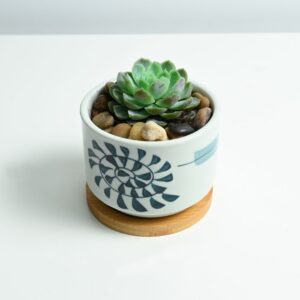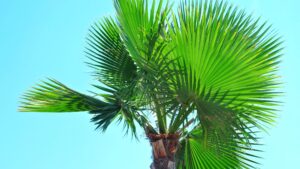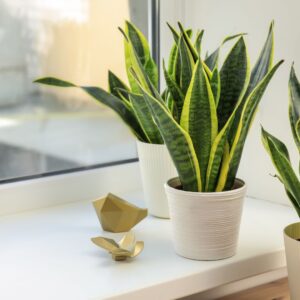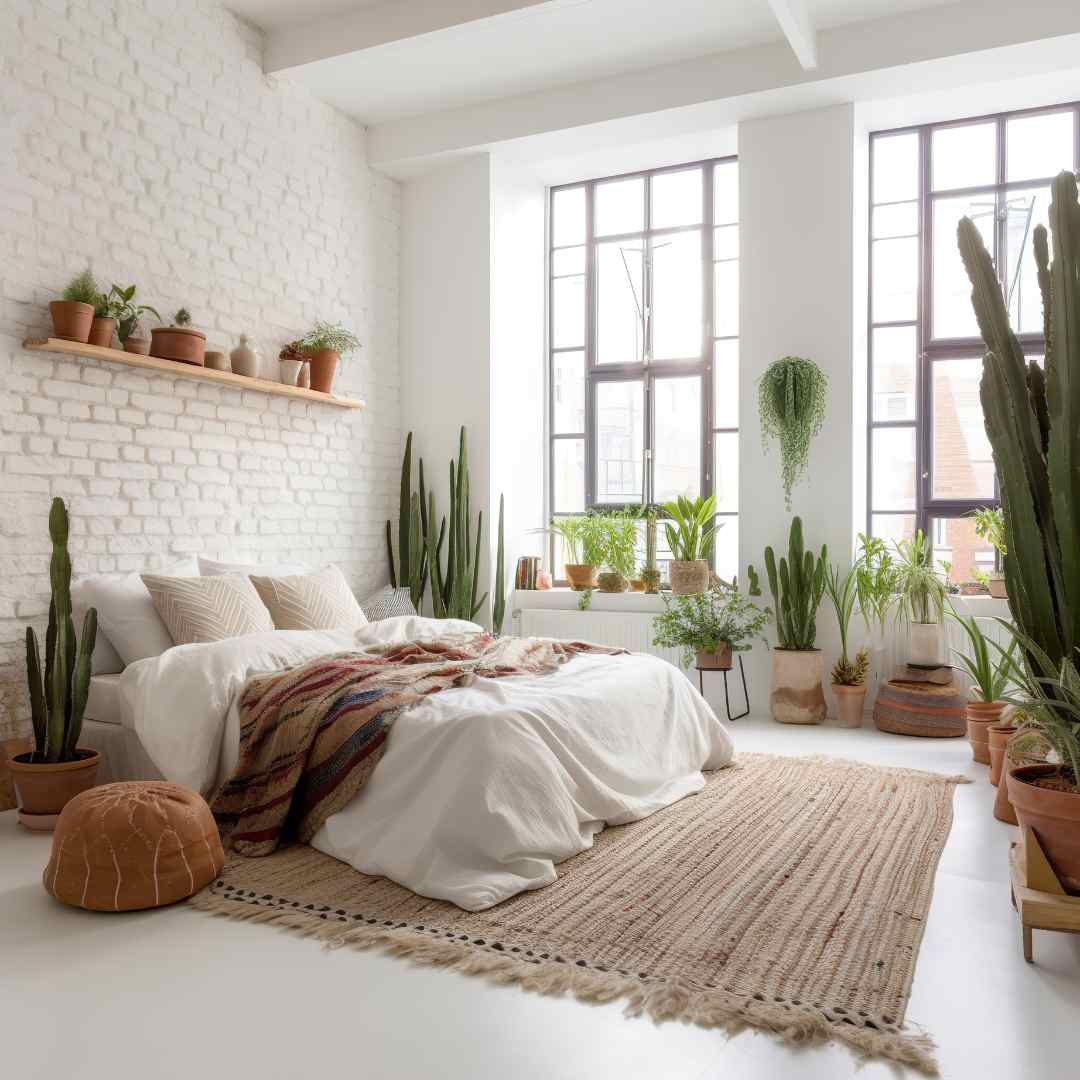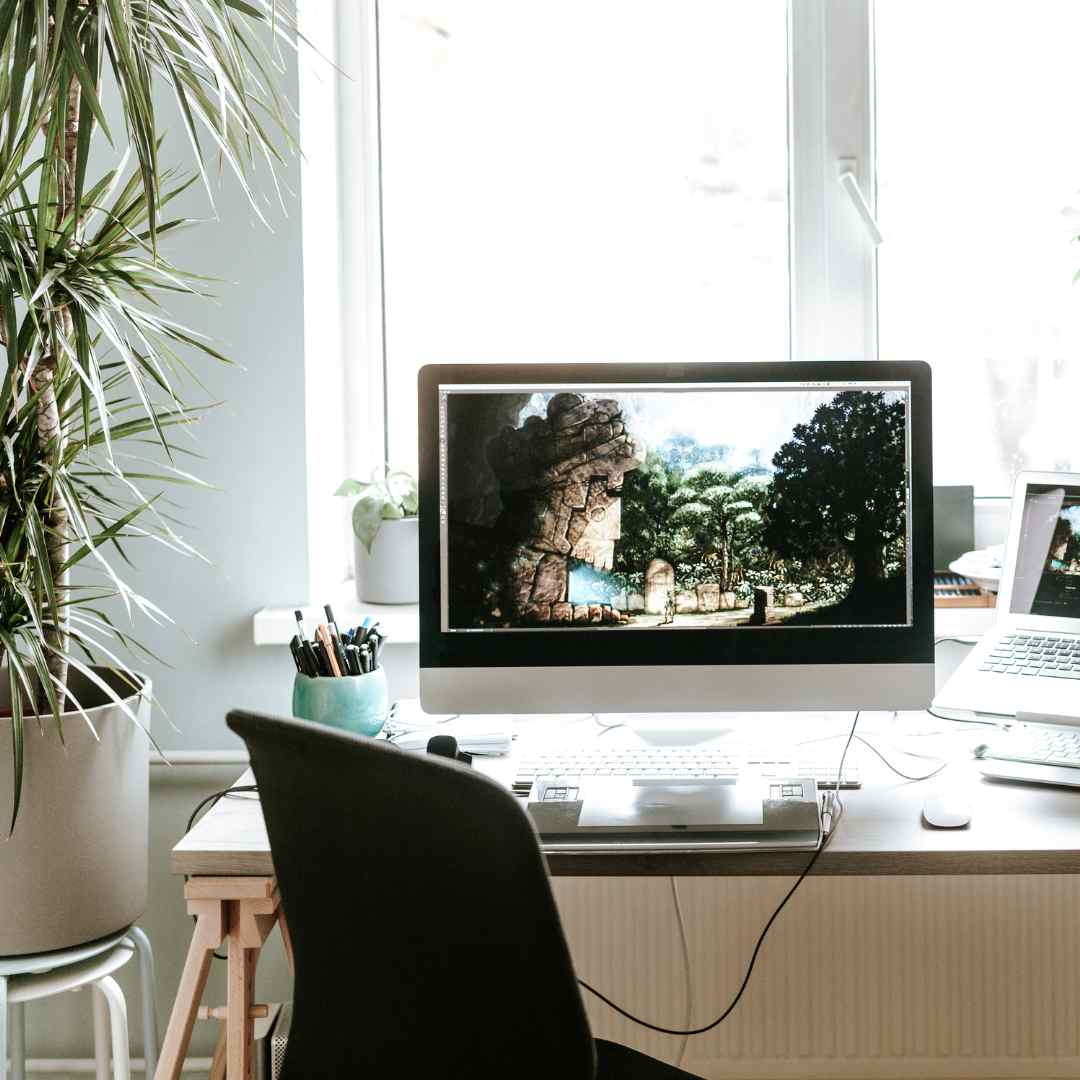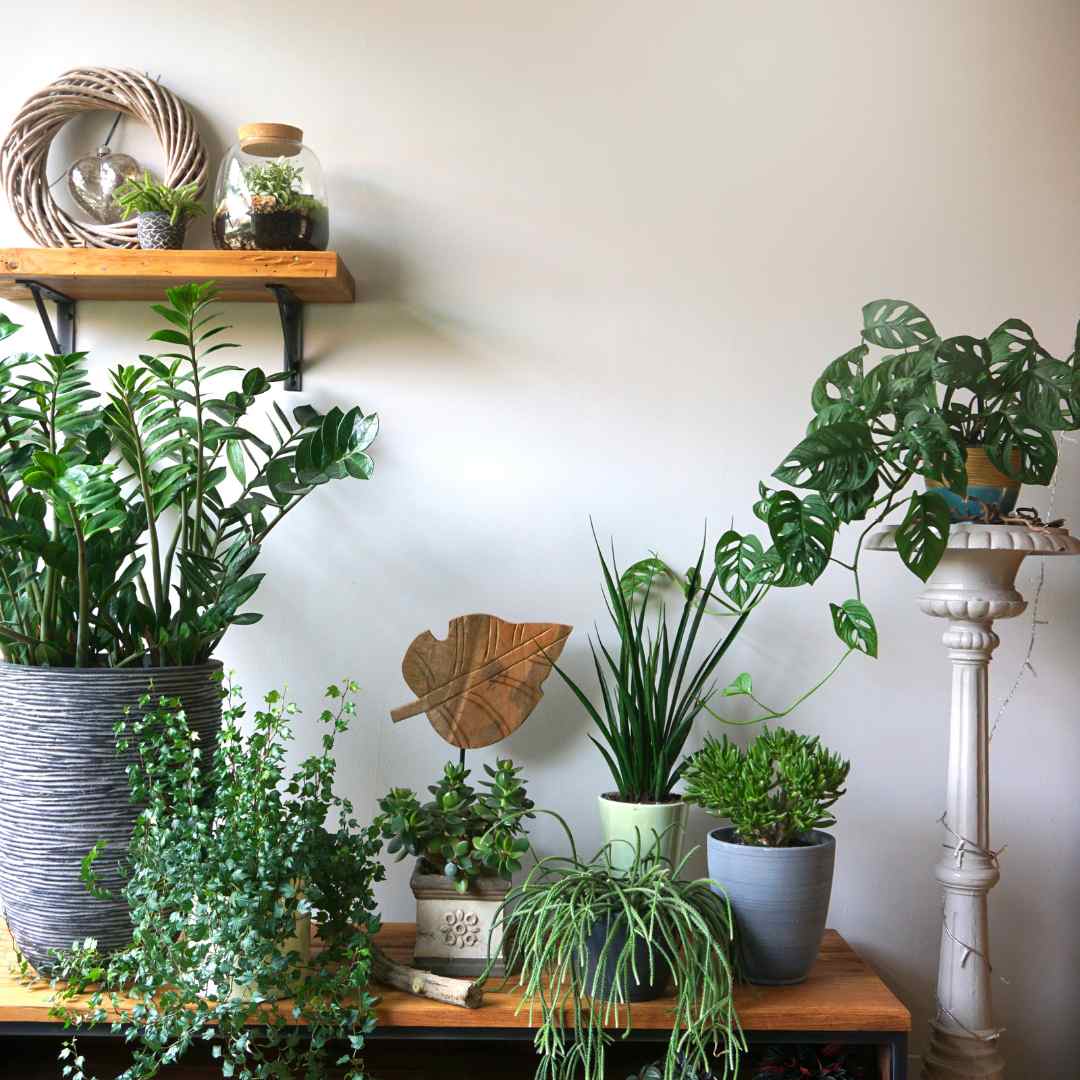
Caring for Kentia Palm and Monstera Duo: A Detailed Guide
Houseplants have become an essential part of modern home decor, not just for their aesthetic appeal but also for the numerous health benefits they offer. Two popular choices among plant enthusiasts are the Kentia Palm (Howea forsteriana) and the Monstera (Monstera deliciosa). Both plants, while distinctly different in their care requirements, can thrive together, bringing a tropical touch to any indoor space. This guide provides a comprehensive look at how to care for these plants individually and as a duo.
Kentia Palm Care
The Kentia Palm, native to Lord Howe Island in Australia, is a beloved indoor plant due to its graceful fronds and ability to thrive in low light conditions.
Light Requirements
Kentia Palms prefer indirect light, making them perfect for spaces that do not receive direct sunlight. Direct sun can scorch their fronds, causing brown tips. Place your Kentia Palm in a spot with filtered light or partial shade. If natural light is insufficient, they can tolerate low-light conditions, but growth may slow down.
Watering
Kentia Palms like their soil to be consistently moist but not waterlogged. Overwatering can lead to root rot. Water your palm when the top inch of soil feels dry. In the winter months, reduce watering as the plant’s growth slows down. Always ensure that the pot has drainage holes to prevent excess water from accumulating.
Humidity and Temperature
These palms thrive in moderate to high humidity. If the air in your home is particularly dry, especially in winter, consider using a humidifier or placing the pot on a tray filled with pebbles and water. Ideal temperatures range from 60-85°F (15-29°C). Avoid placing the palm near drafts, heating vents, or air conditioning units as sudden temperature changes can stress the plant.
Soil and Fertilization
A well-draining potting mix is essential for Kentia Palms. A mixture designed for palms or a standard potting soil with added sand or perlite works well. Fertilize every 2-3 months during the growing season (spring and summer) with a balanced liquid fertilizer diluted to half strength. Over-fertilization can damage the roots, so less is more.
Pruning and Maintenance
Kentia Palms are low-maintenance but benefit from occasional pruning to remove yellowing or dead fronds. This not only keeps the plant looking neat but also prevents pests and diseases. Wipe the fronds with a damp cloth periodically to remove dust and improve the plant’s ability to photosynthesize.
Best selling products
-
Pink Rose with Scent
Select optionsAED45 – AED115 -
Coleus
Select optionsAED3 – AED28 -
Crassula Buddhas Temple
Select optionsAED20 – AED40
Monstera Care
Monstera, often called the Swiss Cheese Plant due to its distinctive split leaves, hails from the tropical rainforests of Central and South America. It’s a fast-growing plant that adds a bold statement to any room.
Light Requirements
Monsteras thrive in bright, indirect light. They can tolerate lower light levels but may grow more slowly and produce smaller leaves without the characteristic splits. Avoid direct sunlight as it can burn the leaves. A spot near a north or east-facing window is ideal.
Watering
Water your Monstera when the top inch of soil is dry. Overwatering can lead to root rot, a common issue with Monsteras. Ensure the pot has drainage holes and never let the plant sit in water. During the winter, reduce the watering frequency as the plant’s growth slows.
Humidity and Temperature
Monsteras prefer high humidity, mimicking their natural tropical habitat. If your home has low humidity, increase it by misting the leaves regularly, using a humidifier, or placing the plant in a more humid area like a bathroom. The ideal temperature range is 65-80°F (18-27°C). Monsteras are sensitive to cold and should be kept away from drafts and sudden temperature changes.
Soil and Fertilization
A well-draining, peat-based potting mix is best for Monstera. Adding perlite or orchid bark can improve drainage. Fertilize every 4-6 weeks during the growing season with a balanced liquid fertilizer. In the winter months, when growth slows, fertilizing is generally unnecessary.
Pruning and Maintenance
Monsteras benefit from regular pruning to control their size and shape. Trim back any leggy growth and remove yellowing or damaged leaves. As the plant grows, it may develop aerial roots, which can be trained back into the soil or supported with a moss pole. Clean the leaves periodically to remove dust and pests.
Caring for Kentia Palm and Monstera Duo
When growing Kentia Palm and Monstera together, you can create a lush, tropical corner in your home. Despite their different native habitats, they share similar care requirements that can be managed collectively with a few adjustments.
Light
Place both plants in a location with bright, indirect light. A spot near an east or north-facing window is often ideal. The Monstera, being a bit more light-demanding, can be positioned slightly closer to the light source than the Kentia Palm.
Watering
Monitor the soil moisture levels for both plants and adjust your watering schedule accordingly. Typically, watering once the top inch of soil is dry will suit both plants. Ensure that both pots have proper drainage to prevent waterlogging.
Humidity and Temperature
Both the Kentia Palm and Monstera appreciate higher humidity levels. Grouping them together can naturally create a more humid microenvironment. You can further boost humidity with a humidifier or by placing a tray of water near the plants. Maintain a stable temperature between 65-80°F (18-27°C), avoiding drafts and extreme temperature fluctuations.
Soil and Fertilization
Use well-draining soil mixes for both plants. A palm potting mix for the Kentia Palm and a peat-based mix for the Monstera, both with added perlite for drainage, will work well. During the growing season, fertilize with a balanced, water-soluble fertilizer every 4-6 weeks, ensuring you dilute it to avoid over-fertilization.
Pruning and Maintenance
Regular pruning will keep both plants healthy and attractive. Remove any dead or yellowing fronds from the Kentia Palm and trim the Monstera to control its size and shape. Regularly dust the leaves to keep them clean and pest-free. Monitor both plants for signs of pests such as spider mites, mealybugs, and scale, and treat any infestations promptly with appropriate insecticidal soap or neem oil.
Common Issues and Troubleshooting
Despite your best efforts, you may encounter some common issues with your Kentia Palm and Monstera. Here’s how to address them:
Yellowing Leaves
Yellow leaves on both plants can indicate overwatering or poor drainage. Check the soil moisture and adjust your watering schedule. Ensure the pots have adequate drainage holes and that excess water can escape.
Brown Tips
Brown tips on the Kentia Palm can result from dry air, underwatering, or over-fertilization. Increase humidity, check your watering routine, and reduce fertilization if necessary. For Monsteras, brown leaf edges often indicate low humidity or over-fertilization. Adjust humidity levels and ensure you’re not over-fertilizing.
Pests
Common pests include spider mites, mealybugs, and scale. Regularly inspect both plants and treat infestations promptly with insecticidal soap or neem oil. Maintaining proper humidity and cleanliness can help prevent pest problems.
Root Rot
Root rot is caused by overwatering and poor drainage. If you suspect root rot, remove the plant from its pot, trim away affected roots, and repot in fresh, well-draining soil. Adjust your watering habits to prevent recurrence.
Caring for a Kentia Palm and Monstera duo involves understanding their unique needs and creating a nurturing environment that caters to both. By providing appropriate light, consistent watering, high humidity, and regular maintenance, you can enjoy the lush, tropical beauty these plants bring to your home. Whether you’re a novice or an experienced plant parent, following these guidelines will help ensure your plants thrive together, enhancing your indoor space with their natural elegance.

